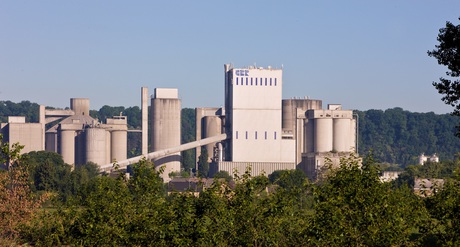Cutting carbon from the cement and lime sectors

Australian carbon capture company Calix is leading a consortium to apply and demonstrate a breakthrough technology that will enable Europe’s cement and lime industries to significantly reduce their carbon footprint.
The LEILAC (Low Emissions Intensity Lime And Cement) consortium comprises Calix, Heidelberg Cement, Cemex, Tarmac, Lhoist, Amec Foster Wheeler, ECN, Imperial College, PSE, Quantis and the Carbon Trust. The consortium has secured €12 million in funding over five years from the European Commission Horizon 2020 Grant program and will also contribute a further €9 million towards the project.
The cement industry accounts for up to 7% of global carbon dioxide (CO2) emissions, making it among the largest industrial contributor, while the lime sector has the highest CO2 intensity relative to turnover. As around 60% of CO2 emissions is generated through the breakdown of limestone into lime and CO2 in furnaces, cost-effective carbon capture technologies are needed on a large scale.
Calix’s Direct Separation technology uses indirect heating in which the process CO2 and furnace combustion gases do not mix. In an indirectly heated reactor, the energy from the heating gases is transferred to the limestone via a special steel vessel. The CO2 released from the limestone can be separated in an almost pure form and the technology can capture these emissions without significant additional costs or increased energy use. The technology is said to be complementary with other carbon capture methods already developed in the power and cement sector, such as oxyfuel, and can make use of alternative fuels.
During the first three years, the project will focus on finalising the design of the demonstration plant, to be constructed at the Heidelberg Cement plant in Lixhe, Belgium (pictured). The high-temperature Direct Separation Calciner pilot unit will then undergo two years of testing, which will see it capture over 95% of the process CO2 emissions. Fundamental research on the process demands and performance will be carried out to demonstrate that the technology works sufficiently and robustly enough to be scaled up to full operational use.
Australia on way to meet EEC targets
The country should 'stay the course' on home energy renovations to support...
CSIRO 'Living Lab' to shape NSW's energy future
NSW households and small businesses can learn how to potentially unlock lower power bills and...
Researchers to supercharge Australia's grid resilience
QUT research is harnessing the skills of engineers, data scientists and behavioural economists to...










